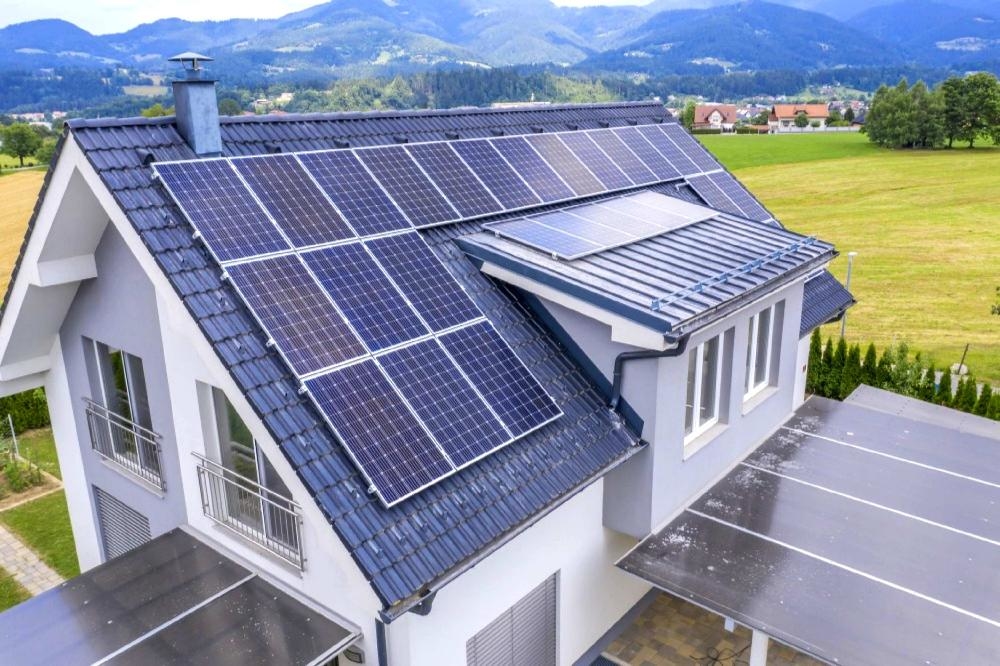Improving your household with hardwood flooring can be a disheartening job, I know I just put in my own hardwood floor.
When I chose to finish my floors, I was overpowered with the thought of putting in the floor on my own.
But in the real feeling of DIY, I did and here’s just what I did so you don’t have to be crippled the way I was.

Wood Flooring
First of all, I had to choose the tone of wooden I wanted for my floors.
There is also the breadth of each plank, the wood plank grain, and the border—how the wood plank goes with the next plank.
Can I install hardwood floors myself?
Now all of these considerations come together to make either a courtly or casual area.
The wider the plank, the more informal the feeling and the more tightly the wooden is separated the more elegant the area will look. Sloped edges also add the impression of elegance in a elegant area.
After you’ve got that down, you want to settle on the type of wood plank for your floors. Oak and pine are the 2 most usual types of wooden flooring. You can’t fail with either one.
Which hardwood flooring should I choose?
For something a little atypical, you can try cherry hardwood flooring. The gloss deepens over time and use into a deep patina, in the proper house this result would be breathtaking.
Another sought after type is bamboo wooden flooring. Bamboo is very sturdy and has a compressed grain which appears very symmetrical and even.
Wooden flooring in hand, take it directly into your home and let it sit and climatize. This is crucial, permitting the wooden adapt to your house’s moisture levels means a longer lasting installation.
While this is taking place, put some kind of water guard on your floor; asphalt felt worked perfectly for me. Now you’re ready to start the installation.

How do you install a wooden floor?
Make sure to allow a 1/2 inch between your boards and the wall, this is for growth and will be buried by your baseboard. I almost always set out a few planks prior to nailing. Start with your broadest and longest boards, you’ll build out from these.
Before nailing an adjacent row, rap the row with a rubber mallet to make sure it is good and tight with the adjacent row or you will have break in your wood plank floor.
How are hardwood floors installed?
Another expert guideline is to keep the end joints in abutting rows at least SIX inches from one another.
If you’re using a flooring mallet be careful. The mallet will unquestionably help you put in your floor quicker but if you’re not careful you can easily break up or even crush the wooden planks.
If you do that you have to poke the nails out and junk the board.
What do I need to know before replacing flooring?
Also keep an eye on what you wear on your feet. I had drag marks all over my new wooden floor before I had even finished installing it because of the work boots I had on.
Once you reach the end row, you need to use a pry bar to wedge the rows tightly together. Once nailed, you’re finished!
Brand new hardwood floors for you to love and to heighten the value of your household.








